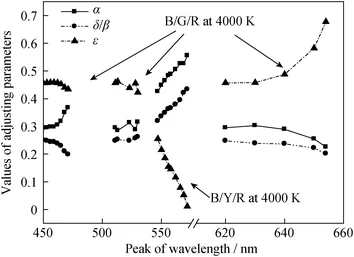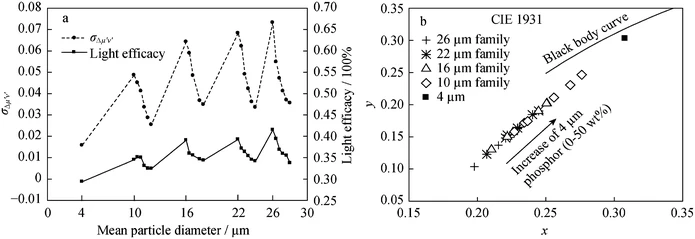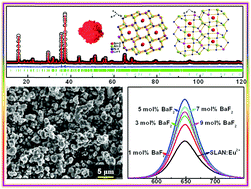J. Alloys Compd., 2012, 521, 77. https://doi.org/10.1016/j.jallcom.2012.01.044

Blue oxonitridosilicate phosphors with compositions of (Y1−xCex)5Si3O12N (x = 0–0.1) have been synthesized. The structures, photoluminescence properties and the relations between the structure and luminescence have been investigated and discussed. The atomic positions and the lattice parameters of Y5Si3O12N were acquired. Y atoms occupy two crystallographic sites (Y(1) and Y(2)) in the structure. Ce3+ ions were substituted for Y3+ ions and two types of photoluminescence centers (Ce(1)3+ and Ce(2)3+) have been formed. The excitation and emission processes of Ce(1)3+ and Ce(2)3+ photoluminescence centers were identified and studied. The concentration- and temperature-dependent properties of these Y5Si3O12N:Ce3+ phosphors were investigated. This study shows these blue Y5Si3O12N:Ce3+ phosphors the potential applications in the three-RGB phosphor-converted white LEDs.








